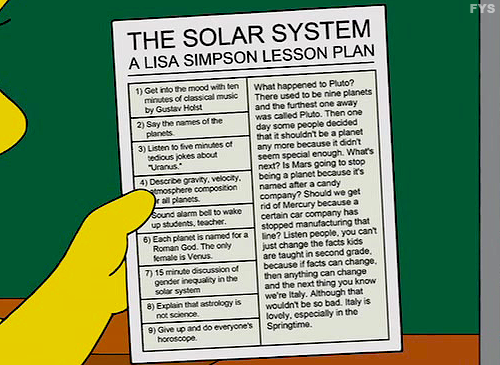Structural Differences Between DNA And RNA. DNA, Or Deoxyribonucleic Acid, Is Like A Blueprint Of Biological

Structural differences between DNA and RNA. DNA, or deoxyribonucleic acid, is like a blueprint of biological guidelines that a living organism must follow to exist and remain functional. RNA, or ribonucleic acid, helps carry out this blueprint’s guidelines. Of the two, RNA is more versatile than DNA, capable of performing numerous, diverse tasks in an organism, but DNA is more stable and holds more complex information for longer periods of time.
More Posts from Theperpetualscholar and Others








BIG UPDATE!
I’ve finally finished my biological patches set! After many months of designing, editing, and trial and error, I’m proud to post up photos of the final products!
They are woven with bright, beautiful colors that will endure many washes and adventures to come. They’re only $8 in my store:
https://www.etsy.com/shop/Monsternium
Here are the first five patches in my biological patch set. Once all ten are made, the rainbow of studies will be complete! Each one is illustrated, digitized, and embroidered by me. Stay tuned for more! Next up is herpetology ;)

* Assuming that the whole planet stays intact, and that the whole core of Saturn will not slide down from the gaseous atmosphere. (I do not wish to see the destruction of the whole planet.) Saturn will only float in theory because it is lighter than water. Of course if you literally get Saturn into a tub of water, there would be a lot of issues. They are addressed in his article. But overall, for something so huge and stellar, it can still be less dense than water!
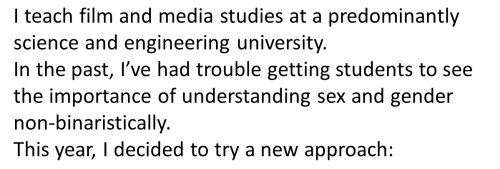
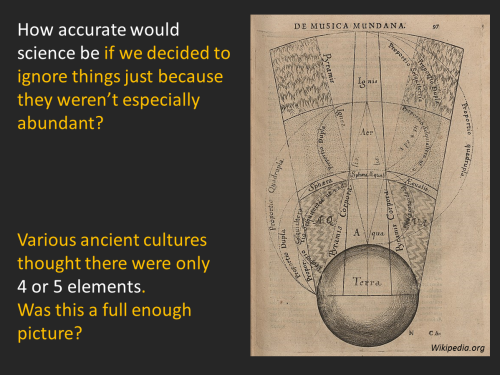
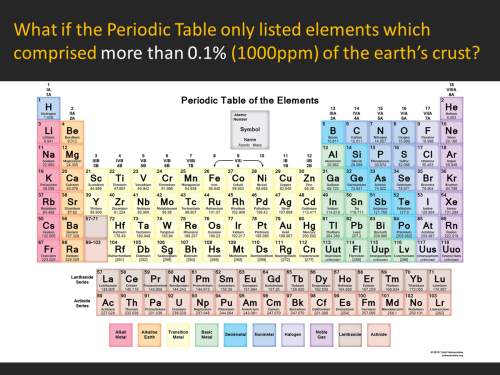
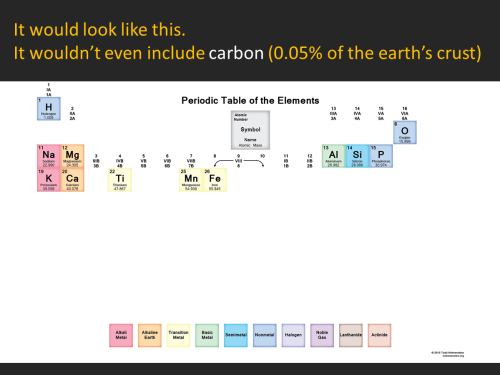
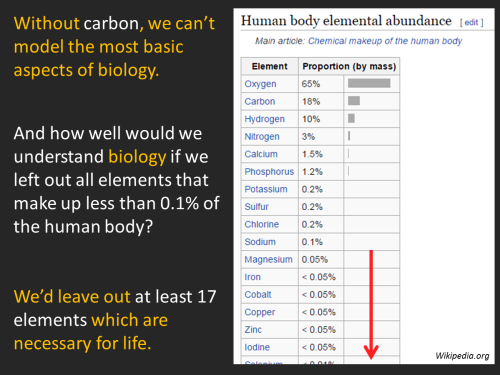
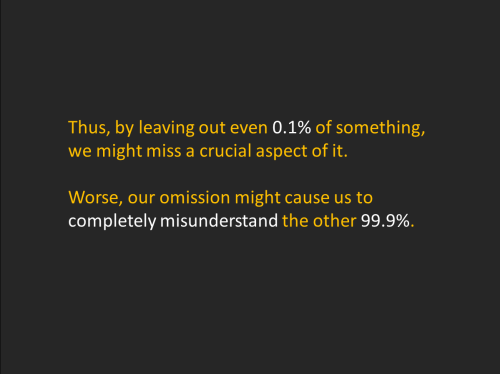



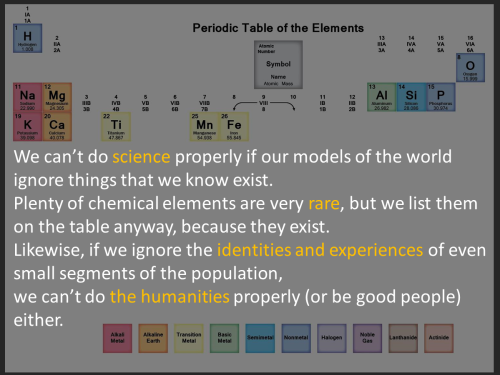
Saying that man and woman are the only genders is actually LESS nuanced than saying that earth, water, air, and fire are the only elements.
So, our physics teacher has the strange idea of motivating his students by letting each of us present a physical phenomenal we find interesting to our classmates in a 5-minutes-presentation. And now I need something that is interesting for everyone - even people that usually don't care for physics -, but has interesting facts for someone who's interested in it, too (preferably with an easy experiment). You don't happen to have any ideas, do you?
First of all, your professor is awesome for taking the time to do this. Of the top of my mind, the best one I have is Chladni figures.

Basically take a flat metal plate, fix it at the center and spray some fine sand particles on it.
Using a violin bow, gently excite any edge of the plate to magically witness these beautiful normal mode patterns ( known as Chladni patterns/figures ) forming on the plate.

Also notice that by pinching the plate at different points, the pattern obtained changes.

There is a whole lot of physics that goes behind such a simple phenomenon and I dare say we understand it completely. There are lots of questions on these figures that we have no answer for!
Hope this helps with your presentation. Have a good one!
Gif source video: Steve Mould


Jupiter’s giant red spot is also red hot
New evidence suggests the spot acts like a red-hot stove burner that warms the atmosphere above it. Scientists found the average temperature in the upper atmosphere above the red spot is a sizzling 1,600 degrees Kelvin (about 2,420 degrees Fahrenheit). The research team found evidence that the Great Red Spot generates two types of turbulent energy waves.
Follow @the-future-now






Revising like.
Subjects shown: Advanced dynamics, vibrations and waves, properties of matter, electricity and magnetism. All first year.



Physicist Create a Fluid With Negative Mass
Physicists from Washington State university have created a liquid with negative mass meaning that when you push it, instead of accelerating in that direction, it accelerates backwards.
Matter can have a negative mass much the same way that particles can be negatively charged. Newton’s second law of motion (F=ma) tells us that mass will accelerate in the direction of the force so we can deduce that matter with a negative mass would do the opposite and accelerate against the force.
To create the conditions for negative mass, Peter Engels and his team started by cooling rubidium atoms to a Bose-Einstein condensate meaning they reached very near absolute 0. The researchers used lasers to trap the atoms in an area less than 100 microns across and allow high energy particles to escape cooling them further. Then to create negative mass, the physicists applied a second set of lasers to change the way atoms spin back and forth. They then removed the first set of lasers causing the rubidium to rush out and appear to hit some sort of invisible wall; behaving as if it had a negative mass.
What’s great about this is the control we have over the negative mass without any other complications. This gives us a new tool we can use to engineer experiments in astrophysics looking at neutron stars, black holes, dark energy and a lot more.
-
 babygirlpoppy liked this · 2 years ago
babygirlpoppy liked this · 2 years ago -
 scientifia reblogged this · 2 years ago
scientifia reblogged this · 2 years ago -
 catso969 liked this · 2 years ago
catso969 liked this · 2 years ago -
 taigafire liked this · 3 years ago
taigafire liked this · 3 years ago -
 emmatlm reblogged this · 4 years ago
emmatlm reblogged this · 4 years ago -
 mrshyaka liked this · 6 years ago
mrshyaka liked this · 6 years ago -
 paledreamsofadeadpast liked this · 6 years ago
paledreamsofadeadpast liked this · 6 years ago -
 diemondsichel liked this · 6 years ago
diemondsichel liked this · 6 years ago -
 entropyvariation liked this · 6 years ago
entropyvariation liked this · 6 years ago -
 augmentedmentor liked this · 6 years ago
augmentedmentor liked this · 6 years ago -
 razumijevannje liked this · 6 years ago
razumijevannje liked this · 6 years ago -
 drethelin reblogged this · 7 years ago
drethelin reblogged this · 7 years ago -
 drethelin liked this · 7 years ago
drethelin liked this · 7 years ago -
 coyotesaint reblogged this · 7 years ago
coyotesaint reblogged this · 7 years ago -
 dieyoungandsmart liked this · 7 years ago
dieyoungandsmart liked this · 7 years ago -
 elios-pizza reblogged this · 7 years ago
elios-pizza reblogged this · 7 years ago -
 randomtactics liked this · 7 years ago
randomtactics liked this · 7 years ago -
 awonderingliz liked this · 7 years ago
awonderingliz liked this · 7 years ago -
 geeky-glassesgirl reblogged this · 7 years ago
geeky-glassesgirl reblogged this · 7 years ago -
 mayutoyugen reblogged this · 7 years ago
mayutoyugen reblogged this · 7 years ago -
 mayutoyugen liked this · 7 years ago
mayutoyugen liked this · 7 years ago -
 foundbytheforest reblogged this · 7 years ago
foundbytheforest reblogged this · 7 years ago -
 solarscorpioeclipse liked this · 7 years ago
solarscorpioeclipse liked this · 7 years ago -
 macbadbad reblogged this · 7 years ago
macbadbad reblogged this · 7 years ago -
 wave-ola reblogged this · 7 years ago
wave-ola reblogged this · 7 years ago -
 wave-ola liked this · 7 years ago
wave-ola liked this · 7 years ago -
 lachupacabraboo reblogged this · 7 years ago
lachupacabraboo reblogged this · 7 years ago -
 lachupacabraboo liked this · 7 years ago
lachupacabraboo liked this · 7 years ago -
 bakufundoshi reblogged this · 7 years ago
bakufundoshi reblogged this · 7 years ago -
 bakufundoshi liked this · 7 years ago
bakufundoshi liked this · 7 years ago -
 spyderking83 reblogged this · 7 years ago
spyderking83 reblogged this · 7 years ago -
 spyderking83 liked this · 7 years ago
spyderking83 liked this · 7 years ago -
 idonotliketheconeofshamesblog liked this · 7 years ago
idonotliketheconeofshamesblog liked this · 7 years ago -
 helplesshaley liked this · 7 years ago
helplesshaley liked this · 7 years ago -
 alezrichie liked this · 7 years ago
alezrichie liked this · 7 years ago -
 setbabiesonfire reblogged this · 7 years ago
setbabiesonfire reblogged this · 7 years ago -
 notewordy reblogged this · 7 years ago
notewordy reblogged this · 7 years ago -
 notewordy liked this · 7 years ago
notewordy liked this · 7 years ago


